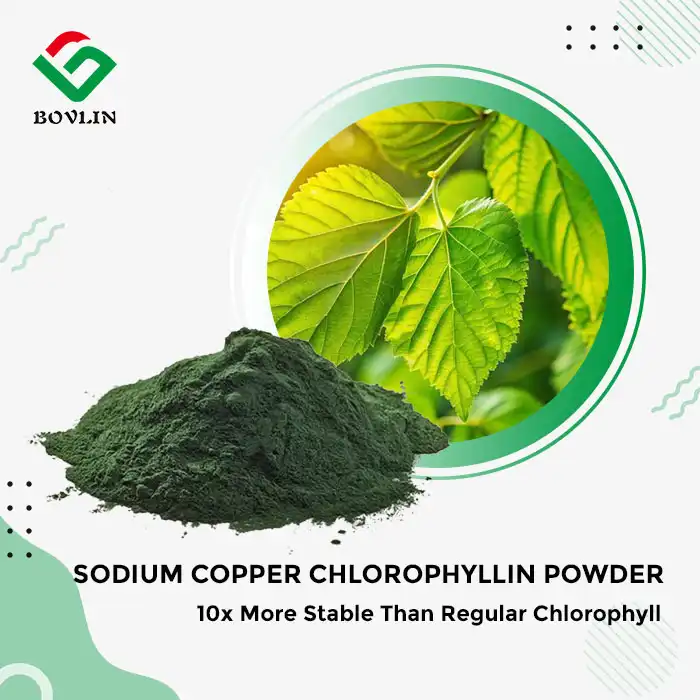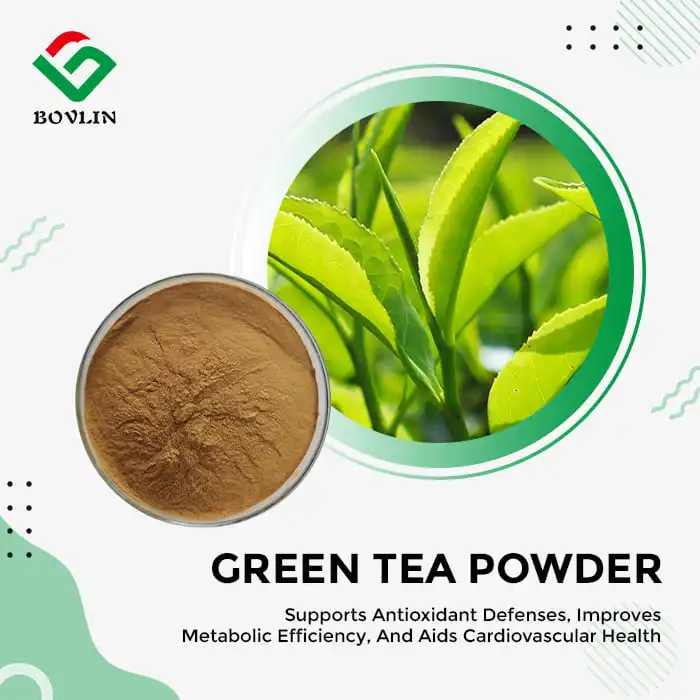What Are the Best Methods for Dissolving Instant Matcha Powder?
Cold Water Dispersion Technique
The cold water dispersion technique is an effective method for dissolving instant matcha powder, particularly in large-scale production settings. This approach involves creating a smooth paste by gradually adding cold water to the powder while stirring vigorously. The resulting paste can then be easily incorporated into various recipes without clumping. This method is especially useful for cold beverages and desserts, as it prevents the formation of lumps that can occur when matcha is added directly to hot liquids.
Hot Water Infusion Process
For hot beverages and certain culinary applications, the hot water infusion process is ideal. This method involves sifting the instant matcha green tea powder into a small amount of hot water (around 80°C or 176°F) and whisking it thoroughly to create a smooth, lump-free mixture. The temperature of the water is crucial, as it helps to release the full flavor profile of the matcha without causing bitterness. This concentrated matcha liquid can then be added to larger batches of hot beverages or incorporated into baked goods recipes.
Ultrasonic Homogenization
For industrial-scale production, ultrasonic homogenization is an advanced method for dissolving instant matcha powder. This technique uses high-frequency sound waves to break down matcha particles and disperse them evenly throughout the liquid medium. Ultrasonic homogenization ensures consistent color, flavor, and texture in large batches of matcha-based products. It's particularly beneficial for manufacturers producing ready-to-drink matcha beverages, as it enhances stability and prevents sedimentation during storage.
Applications in Beverages, Desserts, and Functional Foods
Matcha-Infused Beverages
Instant matcha powder has found extensive use in the beverage industry, offering a quick and efficient way to create matcha-based drinks. From iced teas and lattes to smoothies and energy drinks, the best matcha powder can be easily incorporated into a wide range of beverages. For cold drinks, the powder can be blended directly with other ingredients. For hot beverages, pre-dissolving the matcha ensures a smooth consistency. Manufacturers can also use instant matcha to create concentrated syrups or flavor enhancers for use in coffee shops and restaurants.
Matcha Desserts and Baked Goods
The culinary world has embraced instant matcha powder as a versatile ingredient in desserts and baked goods. Its vibrant color and unique flavor profile make it an excellent addition to ice creams, cakes, cookies, and pastries. When incorporating matcha into baked goods, it's essential to sift the powder to prevent clumping and ensure even distribution throughout the batter. For frozen desserts, pre-dissolving the matcha in a small amount of liquid before adding it to the base mixture can help achieve a smooth texture and consistent flavor.
Functional Foods and Supplements
The growing demand for functional foods has led to increased use of instant matcha green tea powder in nutritional supplements and fortified products. Matcha's high antioxidant content and potential health benefits make it an attractive ingredient for manufacturers of protein bars, energy gels, and dietary supplements. When formulating these products, it's crucial to consider the stability of matcha's bioactive compounds and adjust processing methods accordingly to preserve its nutritional value.

Dosage Guidelines in Commercial and Culinary Settings
Beverage Industry Standards
In the beverage industry, the dosage of instant matcha powder varies depending on the desired strength and application. For ready-to-drink matcha teas, a typical range is 0.5 to 1.5 grams of powder per 100ml of liquid. For matcha lattes and specialty drinks, the dosage may increase to 2-3 grams per serving to achieve a richer flavor profile. It's important for manufacturers to conduct sensory evaluations and consumer taste tests to determine the optimal matcha concentration for their specific products.
Culinary Applications and Baking
When using instant matcha powder in culinary applications, the dosage can vary significantly based on the recipe and desired intensity of matcha flavor. For baked goods, a general guideline is to use 1-2 teaspoons (2-4 grams) of matcha powder per cup of flour. However, this can be adjusted based on personal preference and the specific characteristics of the matcha being used. In ice creams and custards, a higher concentration of 3-5 grams per liter of base mixture may be necessary to achieve a pronounced matcha flavor.
Nutritional Supplement Formulations
For manufacturers developing nutritional supplements or functional foods containing instant matcha powder, dosage considerations should be based on both flavor impact and desired health benefits. Research suggests that the polyphenol content in matcha, particularly epigallocatechin gallate (EGCG), may contribute to its potential health effects. A typical dosage range for matcha supplements is 1-2 grams per serving, but this can be adjusted based on the specific formulation and target market. It's crucial for manufacturers to comply with relevant regulatory guidelines and conduct appropriate safety assessments when determining matcha dosages in supplement products.
Conclusion
Mastering the use of instant matcha powder opens up a world of possibilities for manufacturers and food service businesses. By understanding the best dissolution methods, exploring diverse applications, and adhering to appropriate dosage guidelines, companies can create innovative and high-quality matcha products. The versatility of instant matcha green tea powder makes it an invaluable ingredient in the modern food and beverage industry, capable of meeting consumer demands for both flavor and functionality. As the popularity of matcha continues to grow, businesses that skillfully incorporate this vibrant green ingredient into their product lines are well-positioned to capitalize on its enduring appeal.
Contact Us
Ready to elevate your products with premium instant matcha powder? Contact Shaanxi Bolin Biotechnology Co., Ltd. at sales1@bovlin.com to explore our high-quality matcha solutions tailored for commercial applications.











